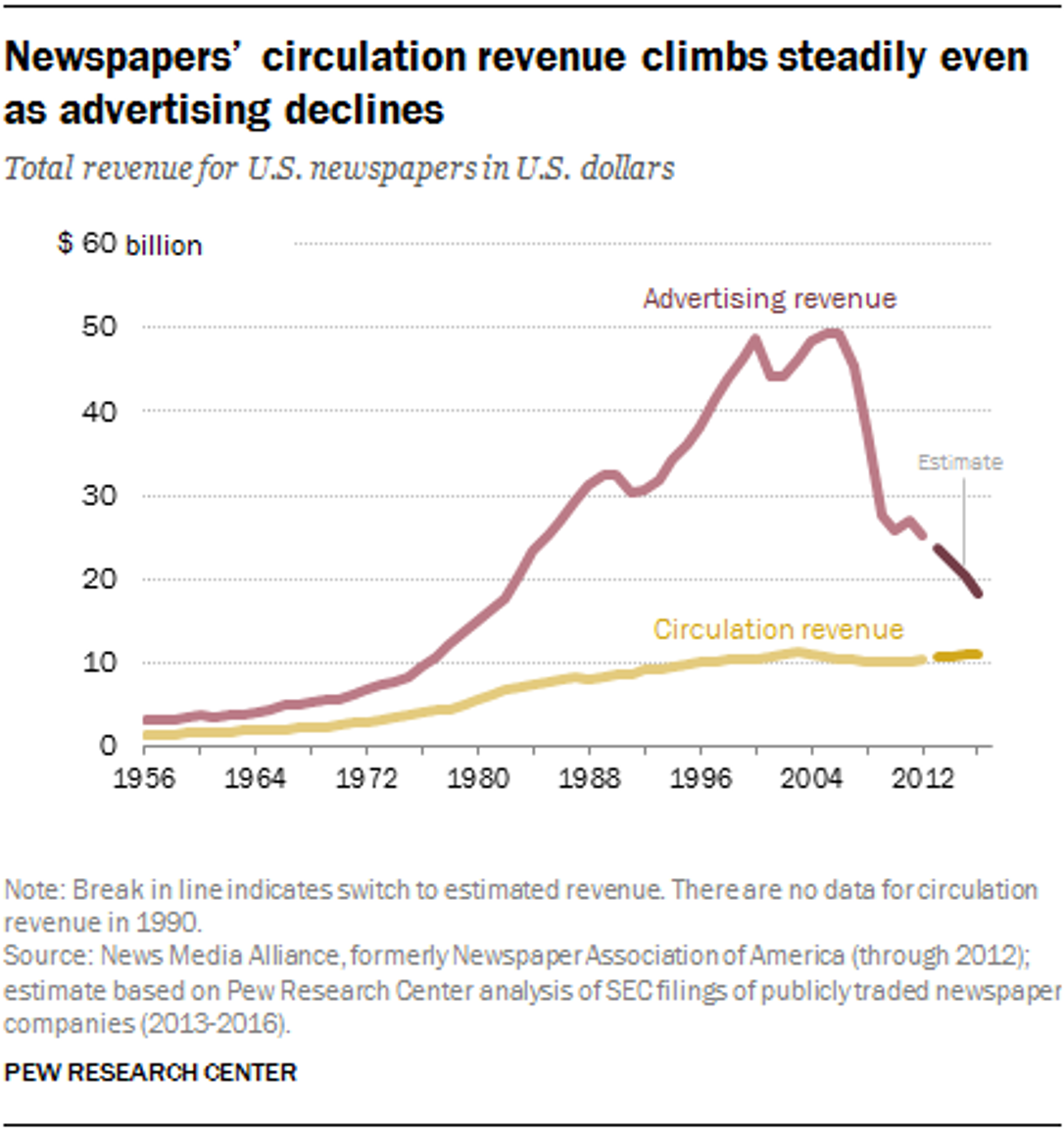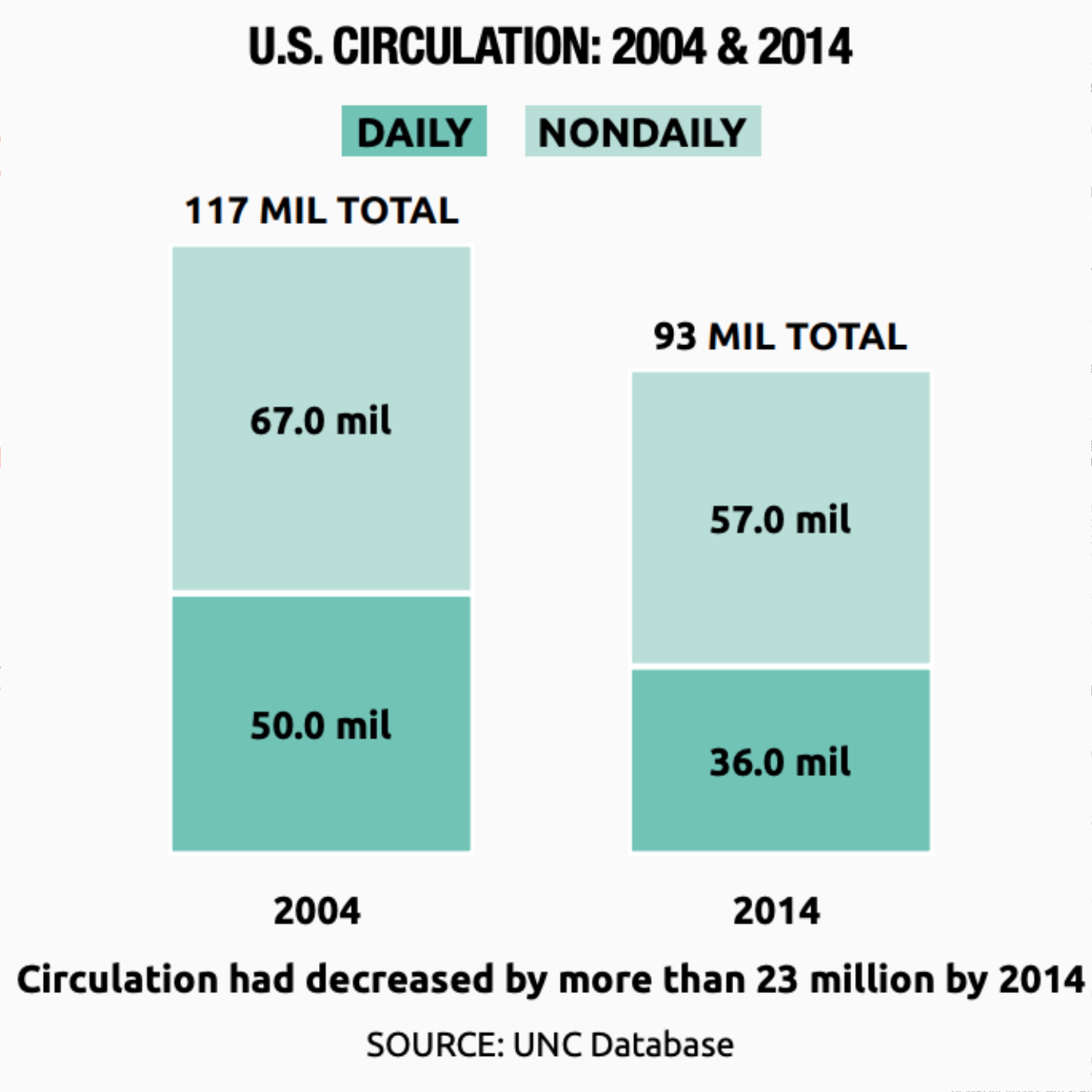Earlier this month, a group of journalists at the independent Central American news outlet El Faro joined forces with the Knight First Amendment Institute at Columbia University to file a lawsuit in U.S. federal court.
The subject of the suit: the Israeli company NSO Group, whose Pegasus spyware is sold to governments around the world and, the complaint alleges, was used in violation of U.S. law to penetrate the journalists’ iPhones and monitor their activities.
“These spyware attacks were an attempt to silence our sources and deter us from doing journalism,” Carlos Dada, co-founder and director of El Faro, said in the announcement of the lawsuit. “We are filing this lawsuit to defend our right to investigate and report, and to protect journalists around the world in their pursuit of the truth.”
Journalists like those at El Faro, who are doing investigative work that holds power to account and exposes corruption, are no strangers to threats, intimidation, incarceration and even violence. These are realities that we’ve chronicled extensively at Frontline: people and governments target accountability journalists in order to kill their stories and keep sources from speaking out. In recent years, though, the threat environment for journalists has intensified to include new and sophisticated challenges, like the powerful hacking tool, Pegasus.
In fact, after the journalism nonprofit Forbidden Stories received a leak of thousands of phone numbers it suspected had been selected for potential Pegasus targeting, and convened a consortium of 17 news outlets including Frontline to investigate with the technical support of Amnesty International Security Lab, our collaborative Pegasus Project reporting found that among the numbers on the list were those of journalists whose work exposed government corruption.
Forbidden Stories is dedicated to continuing the work of jailed, threatened or assassinated journalists. (Their official motto: “Killing the journalist won’t kill the story.”) To Forbidden Stories’ founder Laurent Richard, the invasive ways in which Pegasus could be used to put journalists and their sources at risk, coupled with the largely unregulated nature of the spyware industry, signaled a new era of threats to journalism.
“Pegasus is like a person over your shoulder — a person who will see what you are seeing, a person who would watch what you are watching, your emails, your encrypted communication, everything. So once you are infected, you’re trapped,” he says in our upcoming January documentary series on the Pegasus spyware scandal.
NSO Group, which has disputed some of the Pegasus Project’s reporting, has publicly insisted that it “has no insight” into how the governments it sells to use Pegasus spyware but says it investigates credible claims of misuse. The company says it sells Pegasus to governments for “the sole purpose of preventing and investigating terror and serious crime.” Yet our collaborative Pegasus Project investigation found that NSO sold Pegasus to governments who used the spyware to track dissidents, journalists and activists.
I believe that, unfortunately, in the year to come, threats to journalists — and to journalism itself — will continue to grow and evolve in troubling, technologically advanced, and at times undetectable ways.
But I also believe that journalists will keep doing their jobs, and that they will band together in new ways to meet the moment and fight back against intimidation — as El Faro and the Knight Institute are doing in this lawsuit; as Nobel Peace Prize laureate Maria Ressa is doing through coalition-building in the Philippines; and as Forbidden Stories and other news organizations are doing through the Pegasus Project.
Part of the fight back is to report unflinchingly on what happens when journalists come under attack — to seek and tell the unvarnished truth, in forensic detail. At Frontline, in the year ahead, that’s exactly what we’ll do. We’ve been filming with Dmitry Muratov, the Nobel Peace Prize-winning journalist in Russia who is in Moscow fighting authorities’ court cases against the independent newspaper he co-founded, Novaya Gazeta. We’re continuing to probe the assault on press freedom in the Philippines.
And next month, in our globe-spanning two-part docuseries with Forbidden Stories and Forbidden Films, we’ll chronicle how journalists uncovered the Pegasus spyware scandal, how they learned that other journalists had potentially been targeted, and how — in another example of journalism evolving to meet the moment — they fought tech with tech: joining forces with Amnesty International’s Security Lab, who performed forensic analysis on a number of phones to try to determine whether they had been targeted with and infected with Pegasus.
The threats journalism faces are profound and evolving. It’s a good thing that so, too, is our capacity to respond.
Raney Aronson-Rath is editor-in-chief and executive producer of Frontline.



